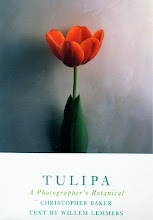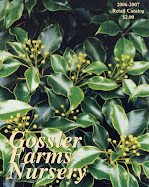Victor Steinbrueck Park April 2011
Victor Steinbrueck Park April 2011
Victor Steinbrueck Park April 2011
Pike Place Market & Downtown Seattle from Victor Steinbrueck Park April 2011
Victor Steinbrueck Park April 2011
Victor Steinbrueck Park isn't a very large park. But there are very few parks in Downtown Seattle. This is the only park in the Pike Place Market. Here you can hang out with market regulars &, during the summer, hordes of tourists, especially when the cruise ships are in town. There are places to sit at tables in the sun, which you might find in summer. There are also sheltered benches, if you encounter rain. There are excellent views of the market, Downtown Seattle, Elliott Bay & Puget Sound. On a clear day, the Olympic Mountains are stunning. Let me warn you that an easy way to annoy a native Seattleite is to ask for directions to Pike's Market. While we've all heard this said, we are often inclined to answer that there is no such place. The Pike Place Market is named for Pike Place (an extension of Pike Street) which runs through the market. Pike Street was named for Seattle pioneer John Pike. It bears no relation to Pike's Peak in Colorado. But perhaps that peak is the source of confusion among tourists about the name of the market.
Victor Steinbrueck was a well-known advocate of historic preservation. A University of Washington alumnus & architecture professor, he opposed the city's redevelopment plans for the Pike Place Market & helped to establish the city's Pioneer Square Historical District during the 1960s. Steinbrueck's sketches of the market & other Seattle scenes appeared in his books Seattle Cityscape (1962) Market Sketchbook (1968) and Seattle Cityscape II (1973). Steinbrueck's work to save the Pike Place Market came in response to the city's plans to tear it down, along with other nearby structures. In response, Friends of the Market was formed in 1964, led by Steinbrueck. Their campaign resulted in a successful ballot initiative in 1971 which established a seven-acre Pike Place Market Historical District, saving it from demolition, & formed a commission to oversee it, on which Steinbrueck served.










































































